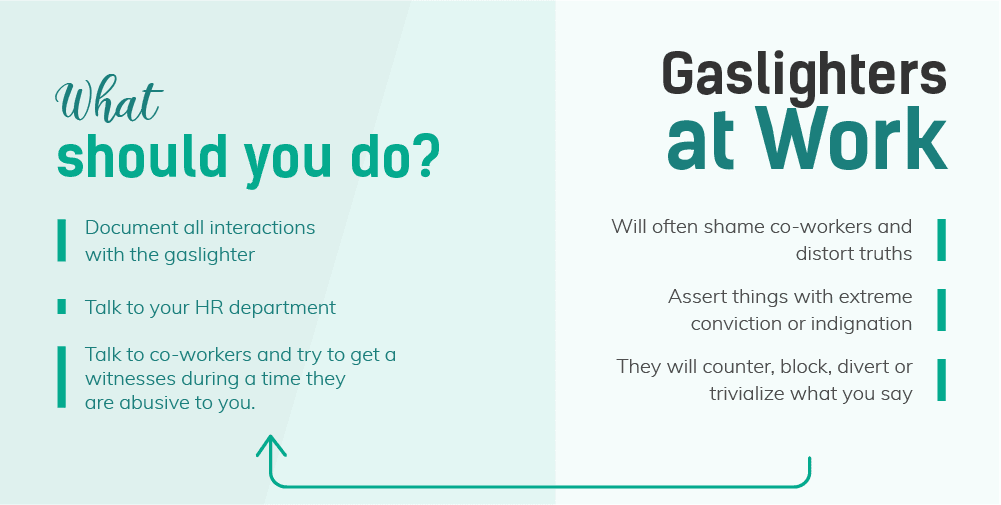One man who deserved to be heard when he spoke was Albert Einstein. Fortunately, he left us great teachings, like his wise phrase “We cannot solve today’s problems thinking the same way they did when they were created. “reasoning, we may ask ourselves: what strategy should be used to address problems?
In many ways, there are two very useful strategies, as the people who use them say. On the one hand, let’s talk about the famous solving of strategic problems. On the other hand, the paradox of the lamppost, are we going to make this trip?
- Facing problems successfully will teach you.
- They always say failure is a good school.
- But doing it right is best.
- So if we find the right solution.
- In addition to successfully solving the problem itself through change.
- We will certainly receive some very valuable lessons.
Strategic problem solving is a model applicable to any area and with different levels of difficulty, to implement it it is necessary to know its three basic steps: the definition, the objective and address the strategy of the problem itself.
The first phase is the definition. Before looking for solutions, it is necessary to know exactly what problem we face, so it is good to understand its nature.
A good way to define a problem is to wonder what it is, where it is, when it appears, who can be responsible, how and why it happens, that is, it is worth taking the time to identify every detail.
“If I only had an hour to save the world, it would take me 55 minutes to clearly define the problem. -Albert Einstein-
Once the problem is defined it is necessary to know the objectives, so instead of staying in the permanent complaint to find the way out, we have to ask ourselves what result we want, for example, if in six months we will have interview work and we know that they will ask us for some knowledge of a foreign language, our goal will be defined by the level they ask for in the language , you may end up liking the language and wanting to know more, but that’s the initial goal.
Grab your problems and see them as challenges rather than threats, so by viewing an obstacle as a challenge, you will be using a source of motivation that brings you much less stress and more satisfaction.
Once we are fully aware of the problem we have, it is time to establish a strategy to solve it, we know our objectives and the magnitude of the obstacle. Now it’s a matter of thinking about the method.
That is, you will reach a point where you will have to decide which strategy is the best to achieve your goals and overcome the problem. There are several techniques that this method offers here:
This problem-solving technique comes from a book called “The Art of Bitter Life. “In this document, Paul Watzlawick, with great wit and humor, presents some of the mistakes we all seem to make at some point.
In this paradox, the author tells the story of the drunk looking for his key next to a light pole, a policeman sees him and helps him search for a while, but there comes a time when the officer asks if he is sure he did. That’s where he lost the key. At that moment, the drunk replies no, he went further, but that it is very dark there.
Sometimes, when analyzing a problem, we need to know if we’re looking for solutions in the right place, isn’t it rare for one to dazzle us?Streetlight? All the time. It may have been useful in the past, but that doesn’t mean it’s reusable forever.
However, the brain works in this natural way. Search the file for mental resources that were once useful, so it’s important to try to go beyond simple problems, analyze them for the most part and find the best solutions, which we don’t always need to know or have. in our hands, any experience we have.
“For every human problem, there is always a simple, clear, plausible and incorrect solution. -Henry-Louis Mencken-
Now you have new problem-solving tools, but it’s no use if you don’t use a knife, it’s your turn to put them into practice using knowledge, creativity and good humor.

